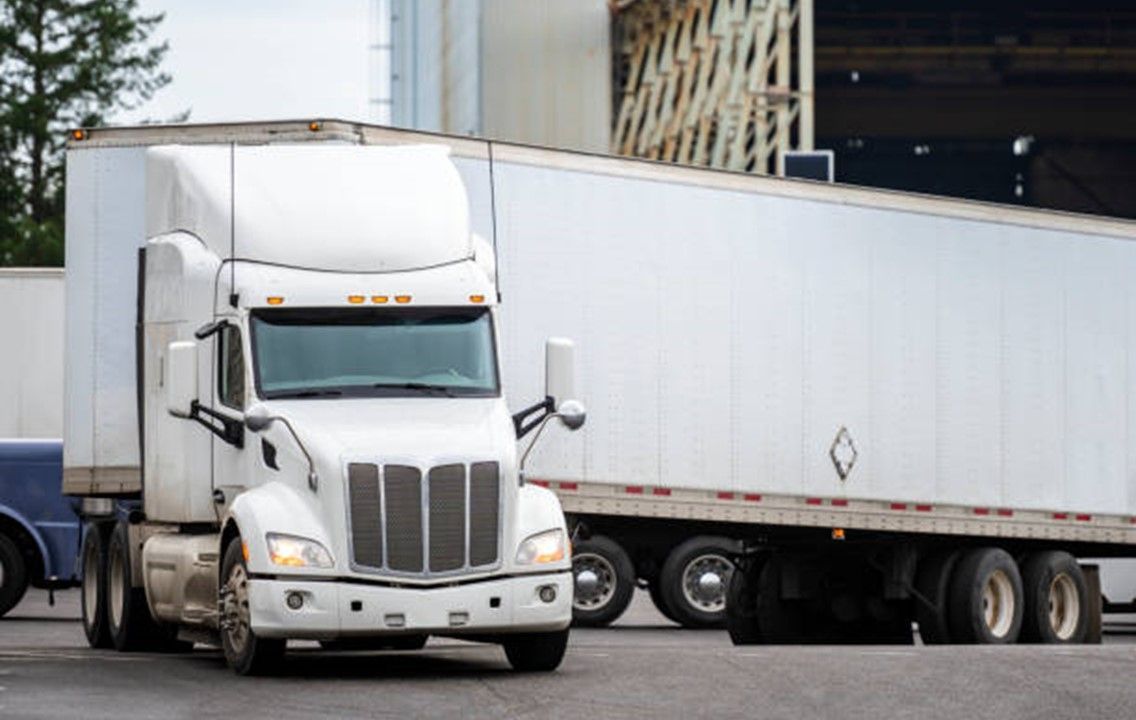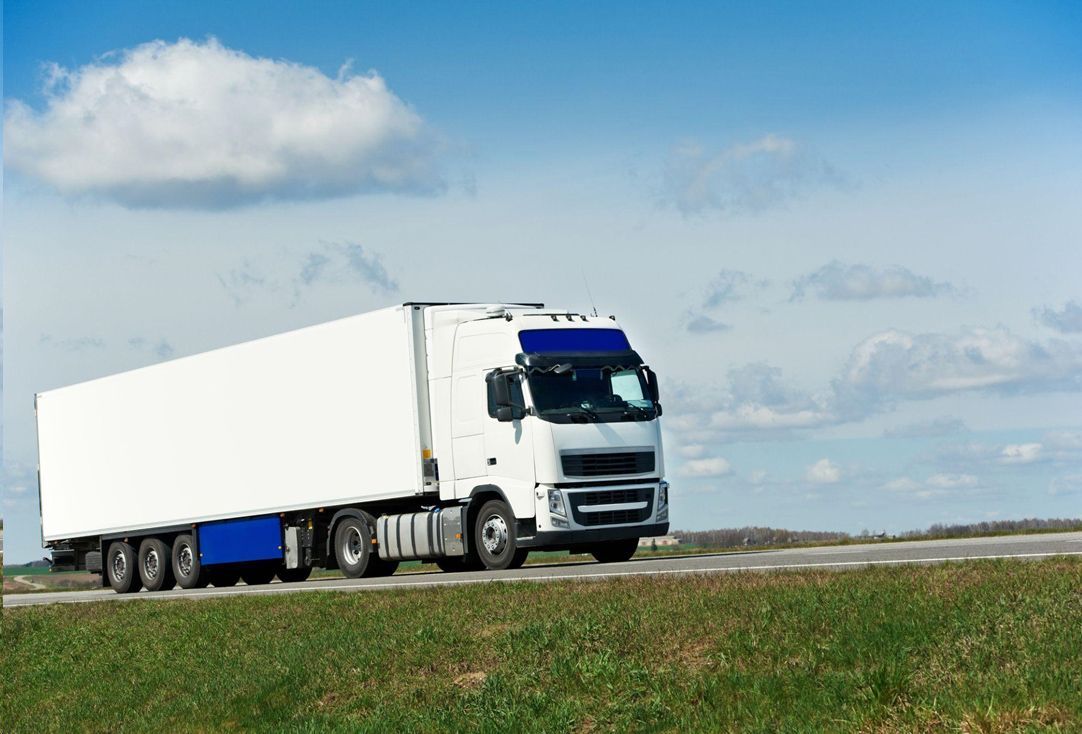The California Class ACDL License: A Primer
- By admin
- •
- 16 Jul, 2020
- •

Do you need a commercial class A driver's license? If you're considering a career as a professional driver, take a look at the top CDL class A questions future students have answered.
What Is a CDL License?
Before you dig deep into what a Class A license is, you need to understand what the CDL (or commercial driver's license). A commercial driver's license is exactly what the name sounds like - a driver's license for people who operate commercial vehicles. You don't need a CDL to drive your car, minivan, or a recreational pickup truck. But you do need a CDL is for you want to:
- Drive a tractor-trailer. This heavy-weight type of truck requires specialized training to drive - and a specialized license. A CDL shows that you have the practical knowledge and hands-on training to safely operate a large commercial vehicle.
- Drive other types of heavy/large trucks. While you might picture a professional driver operating the long-haul big-rig type of truck, some drive livestock carriers, and flatbeds.
- Drive for a professional transportation company. Whether you transport produce, dry goods, or anything else, you need a CDL to turn your love of driving into a career.
A CDL is the first step towards your career as a professional driver. Along with the license, you also need choose the type of license (A, B, or C) you want. Each class of license allows you to legally drive specific vehicles by type and gross weight.
What Is a Class A License?
Why would a commercial driver choose a Class A license? This designation is a requirement for professional drivers who want to operate:
- Combination vehicles. If you want to drive tractor-trailers, truck/trailer combinations, tankers, livestock carriers, or other similar vehicles for pay, you need a Class A license.
- Vehicles with a combined weight over 26,001 pounds. According to the California Department of Motor Vehicles, a commercial Class A driver in the state of California can operate a combination vehicle with a Gross Vehicle Weight Rating of more than 26,001 pounds.
- Towed or single vehicles with a weight over 10,000 pounds. This weight applies to non-combined vehicles and those that combination vehicles tow.
- Vehicles under other classes. California commercially licensed Class A drivers can also operate some vehicles under Classes B and C.
The specific vehicles a Class A license allows you to operate depends on your state's motor vehicle rules and regulations. If you're a long-haul driver, you should follow the laws from your licensing state. This means you can only operate the types/weights of vehicles your state (such as California) lists under Class A - and not the vehicles other states you may drive through list.
How Can You Get a Class A License?
Like the license itself, the specifics of licensing depend on the state. Most states require a written and hands-on/practical exam. California drivers who want a CDL Class A license need:
- A valid state-issued driver's license. Before you apply for a Class A CDL, you need a California driver's license. Not only is this a requirement, but your on-the-road skills will help as you train to become a professional driver.
- To meet age requirements. Eighteen is the minimum age for California Class A CDL drivers who drive in-state. Only drivers 21 or older may operate commercial vehicles across states (interstate), wastes, or hazardous materials.
- A medical examination. A licensed doctor, physician's assistant, or advanced practice nurse must complete your Medical Examination Report form.
- Completion of a skills test. You must pass a road test with less than 30 errors.
A training program can provide you with the practical skills and knowledge you'll need to pass your CDL road exam.
Are you ready to start your career as a professional driver? Contact Commercial Trucking School for more information.







